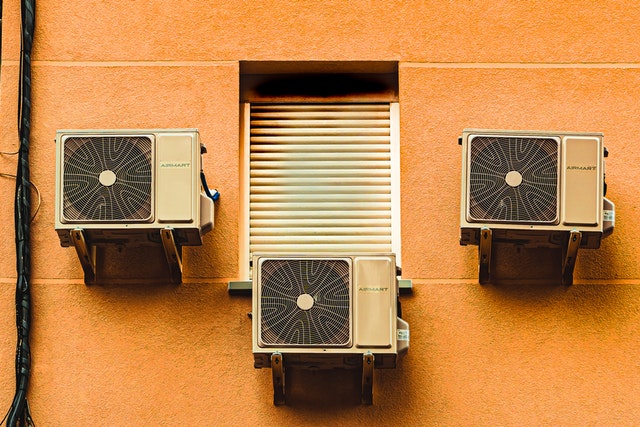Factors to Consider When Choosing a Fiber Optic Installation Method

There is a greater demand for fiber optics in new building construction as the benefits of fiber have become more well-known.
But as many people have learned firsthand, installing fiber optic cable is not nearly as simple as running some electrical wires.
These guidelines will determine which installation method is best for your situation precisely. You can break fiber optic installation into two main categories.
Indoor vs. Outdoor
Before you commit to any installation methods, consider these factors.
- The age of your existing infrastructure;
- How much traffic your building receives daily;
- What you intend to use your network for (internet only or computer/phone access); and
- How close you are willing to run cables together.
Indoor Cable Installation Methods
Back-Splicing
The most basic method for installing fiber optic cable is known as back-splicing. This involves removing the outer sheathing from the cable and carefully splitting apart from each glass core while keeping the cores spaced apart (about 3 millimeters).
After that, apply appropriate strength adhesive to one end of an “alignment” fiber (a much thinner version of standard fibers), apply it to both cores using what’s known as a fusion splicer, and then re-sheath the assembly.
Raceway Back-Splicing
This method is identical to back-splicing but requires you to run the cable inside an electrical raceway first.
It’s more commonly used for commercial buildings due to the intense volume of cables that require installation. However, it can also be installed in smaller installations like houses if necessary.
Pin and Sleeve Method
A fiber optic pin and sleeve is not a type of installation but instead refers to how cables are terminated.
It’s the most common method for indoor and outdoor cables, where you strip back about two inches of sheathing on each end to expose the glass cores, which you then clean with a fiber optic brush.
The pins are twisted into each core until seated firmly, while the sleeves hold everything in place by gripping onto the outer sheathing. You may use adhesive can optionally to further secure everything down.
Pig-Tailing
A pig-tail is an industry term used during installation when one or more fibers need to be temporarily removed from their permanent sealed enclosure (e.g., pulling them out of a splice tray or distribution box). In this way, you can install new connectors, or additional lengths can be added if necessary.
Outdoor Cable Installation Methods
Direct Burial Cabling
This fiber optic installation method is easily the most common method for digging in existing infrastructure. You attach your cables directly into an already-existing direct buried line (e.g., water or gas lines) and then cover them back up.
These cables must be designed specially to stand off outside of whatever protective enclosure they’re installed in, with unique UV-rated materials that will not break down during installation or over time.
Cable Tray Method
Where necessary, you can install vertical runs of fiber by running them inside of a ladder-type structure known as a cable tray.
This method provides physical support and keeps all cables in line so they don’t tangle or interfere with each other.
Ducting
The ducting method for running fiber optic cables is most commonly employed during outdoor installations.
You pull additional cables through pre-existing “ducts” typically made from plastic or sheet metal (e.g., those used for electrical wiring).
Final Thoughts
Many people often overlook fiber optics installation, but it’s just as important as the active equipment you’re using.






